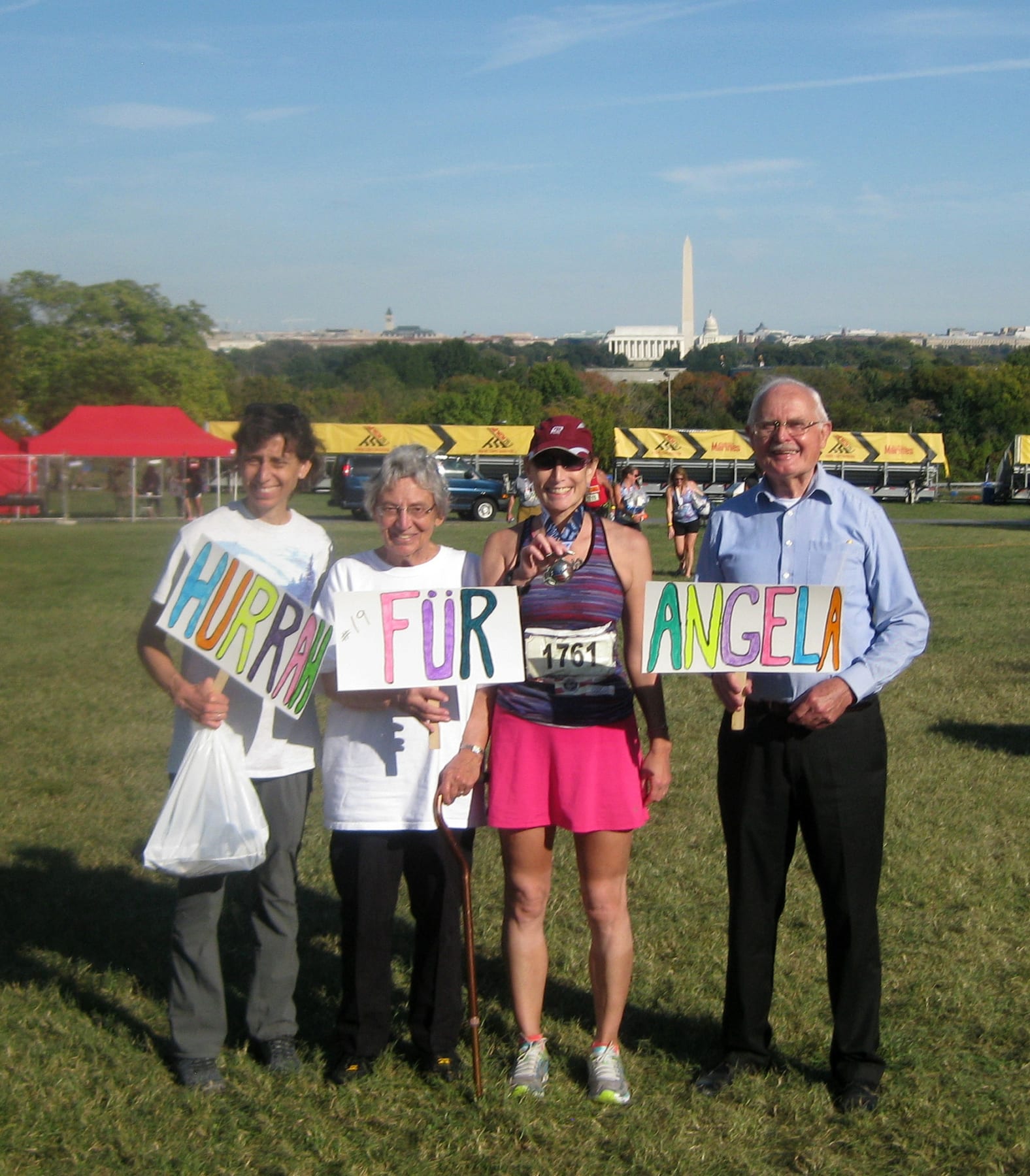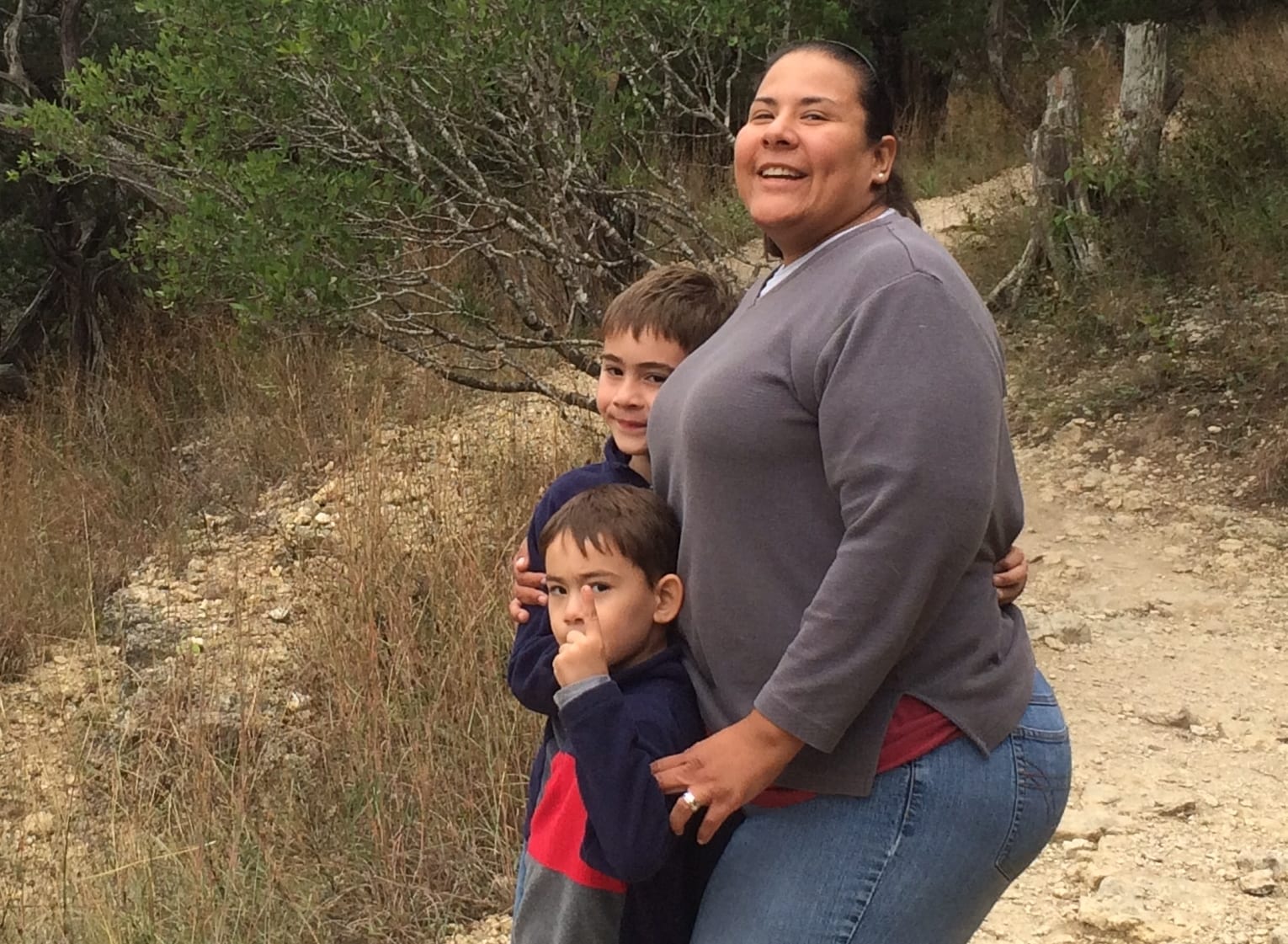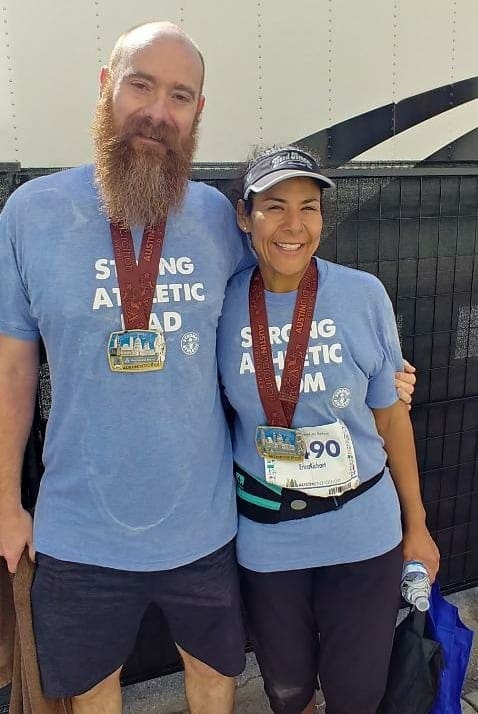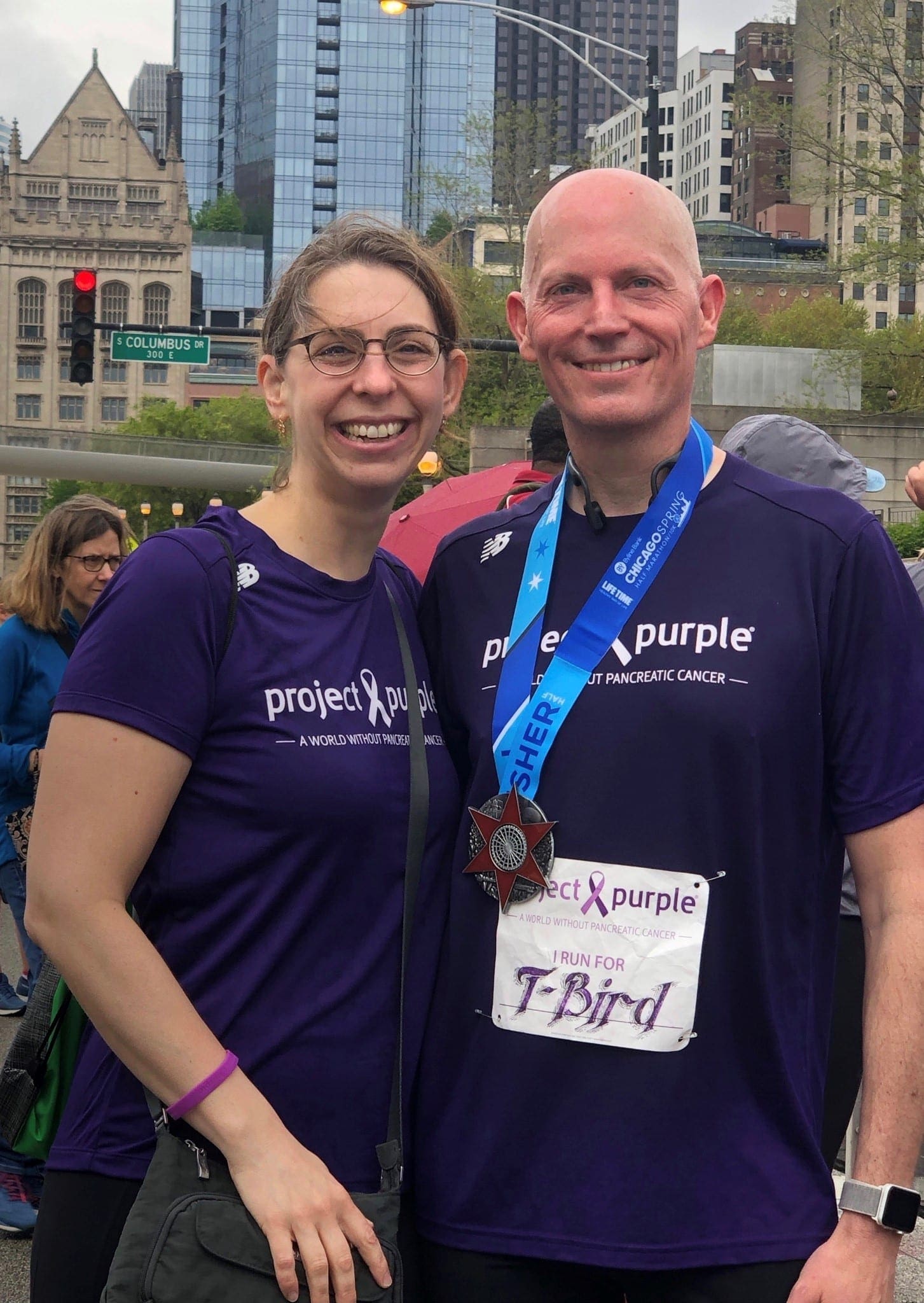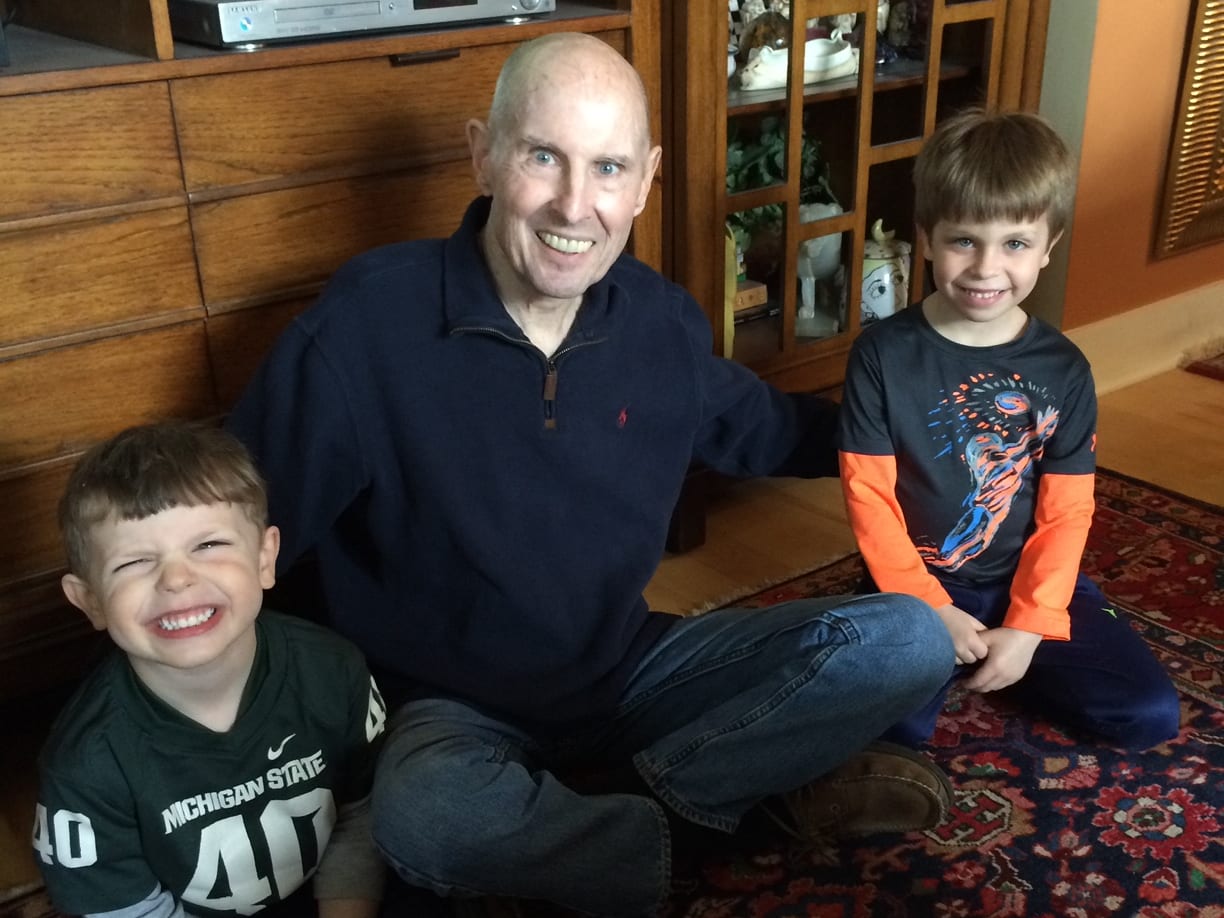The Daily Battle: Running with Auto Immune Disease
Crossing another finish line means Angela’s winning the battle
Angela Clark wasn’t supposed to run long distances, much less marathons and half marathons. Every morning she wakes up, preparing to battle her autoimmune diseases. In her edition of My Running Story, Angela provides a glimpse of what she’s up against on a daily basis. She also explains how she’s winning the battle with every step she takes and every finish line she crosses.
The daily battle
I was a track and cross country runner in high school, but slacked off in college and veterinary school. In my third year of veterinary school, I was suddenly diagnosed with ulcerative colitis, an autoimmune disease. It got so bad that, two years later, when I was an intern veterinarian working 60-80 hours a week, I had two intestinal surgeries. They wiped me out. I weighed 98 pounds, was so weak that I could barely walk around the house, and slept 20 hours a day. Nothing gave me joy.
My mother gave me a book written by a nurse who had ulcerative colitis. That book said that we should exercise, but let’s face it, we’re not going to ever run marathons. I was not going to have her tell me what I can’t do. Four years after my surgeries I ran my first marathon. Since then, I have been diagnosed with eight autoimmune diseases with the overarching, umbrella diagnosis being “mixed connective tissue disease (MCTD)”, similar to Lupus. Every day I take inventory of how I feel. There’s always some kind of combination of bone-crushing fatigue, joint pain, and swelling. The list goes on – coughing, brain fog, white fingertips due to Raynaud’s, weight gain due to hypothyroidism, opportunistic infections like pneumonia, and painful eye inflammation. I consider MCTD almost like a different person and an opponent.
What running means to me
To me, running means that MCTD and I are going toe-to-toe into battle. Every day I’m fighting to win. Every day that I can put one foot in front of the other I’m winning the battle. This past October I ran my 20th Marine Corps Marathon in Washington D.C. and celebrated the win (even though I finished two minutes before the course was closing). Even though I only run the Austin Half Marathon, I’m still winning the battle against MCTD (and just a cool and fun run in a cool and fun city!). Everybody has their own “why”, especially in the back of the pack. Thank you for asking what our “whys” are.
My Running Story is a series of blog submissions from runners just like yourself. They submitted their inspirational running stories as part of a contest to win an entry of their choice to the 2020 Ascension Seton Austin Marathon. Their stories range from crossing their first finish line to drastic lifestyle change due to running. Everyone’s story is different and unique, impacting them in a specific way. While each story is specific to the author, everyone can resonate in some form or fashion because of the power of running. Other My Running Story submissions include Kayleigh Williamson, Kirsten Pasha, Michael Coffey, Samantha Santos, Tom Hamann, and Erica Richart.

